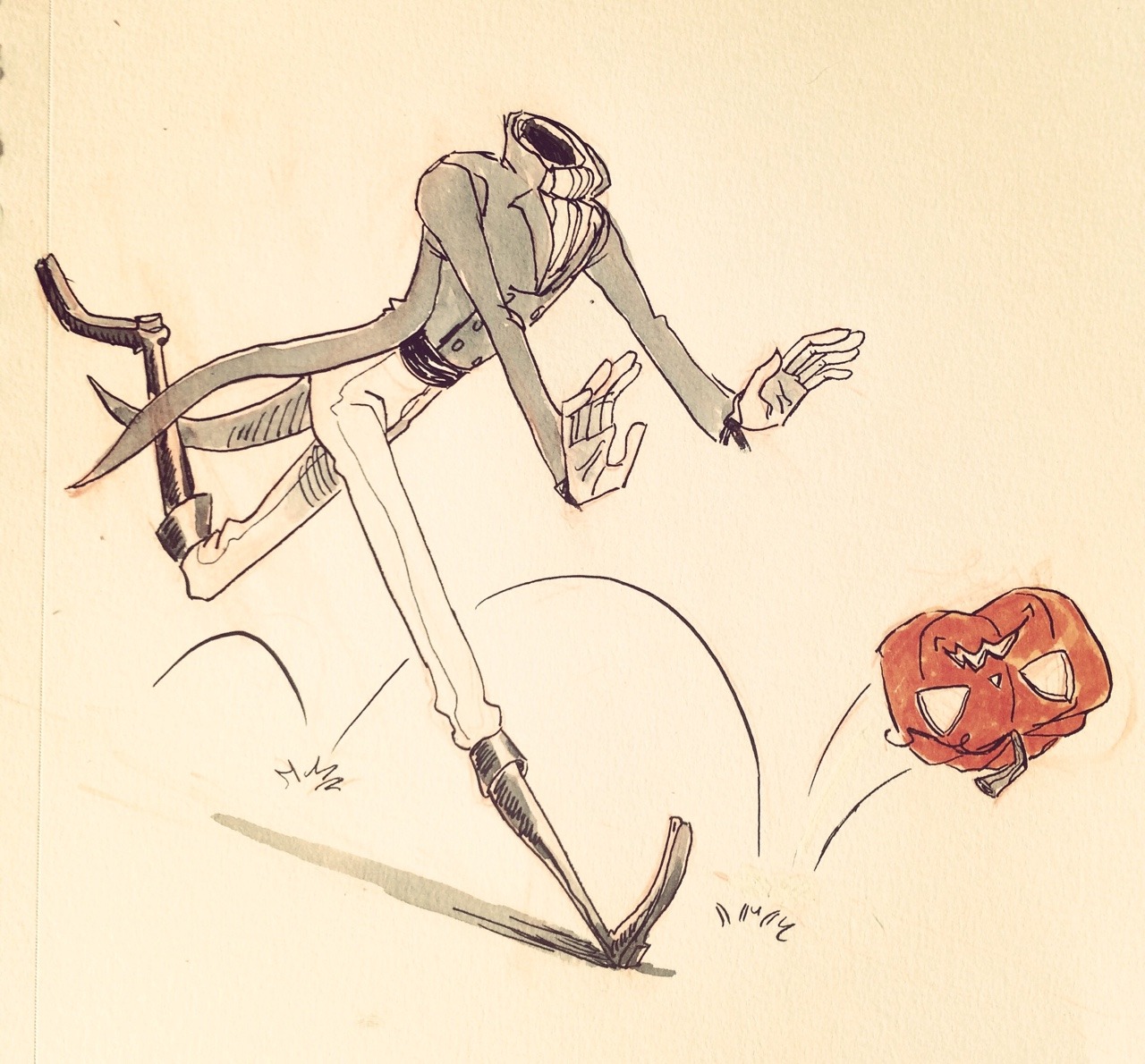The Mashuka were very valuable sources of information for early conquerors from the Sacellum. Specifically, they gave insights on many of the other ethnic groups and were one of the few sources of intelligence on Alquari activities - part of their harvest ritual included foraging in the territory of the druids. During various interviews on this subject, there was a recurring word of advice:
leave the pumpkins in the northern forests undisturbed.
 |
| Yayoi Kusama |
Part of the aforementioned stigma placed on the Mashuka were that they were carriers of vampirism, a disease caused by spiritual parasites infiltrating the bloodline. While this was rooted in truth, the bloodlines that did carry the disease split off from nomadic Mashuka groups very quickly. One of the locations that these fully-fledged vampires split off into was a particular section of the forest, where pumpkins grew. In time, the disease that caused vampirism adapted, infecting the seemingly-innocuous gourds.
Normally, this would be no problem. Vampirism usually can't progress past the dietary restrictions and aversion to sunlight without the use of magic that changes the form*. But pumpkins, for reasons beyond the world's best-versed scholars, are capable of magic. Whether this is an odd phenomenon present only within them, a worrying talent present in all plants, or the result of some outside force's tinkering is unknown.
( * - vampirism is a disease caused by spirits colonizing an organism. As such, at first it can only grant the adverse effects of being a vampire. However, all spirits feed on magic. Vampiric spirits have a taste specifically for transmutation magic that modifies the body. If one with vampirism feeds their disease enough, they will begin to reap the benefits of it.)
On full moons, or other occasions when the lines between the Material and Astral Planes were thin, natural magic lying dormant deep within the hearts of these pumpkins would begin to stir. Eventually, with additional urging from the spirits within them, they would begin to spellcast.
They would grow spindly limbs of wood, and red eyes would blink open inside their orange shells. Inexplicably, they would gain the ability to talk, and carve out faces upon themselves for which to see and speak with their sharp fingers.
And such were born the Willkhu - Mahsuka Vampires.
 |
| http://breebird33.tumblr.com/post/101376826957/happy-halloween-everybody |
Statblock
If you need a refresher on how I do these, here you go.
Pumpkin Vampire
HD 3 Size Medium AC As Leather Speed As Wood Elf
Darkvision 60 ft. Dexterity 14
Claws: Dodge 14, 1d8 + Grapple
Jack-o'-Lantern - Dealing fire damage to a Pumpkin Vampire will cause its head to ignite (as a torch). This allows it to cast fire bolt once per turn as a bonus action.
Vampirism - A Pumpkin Vampire may bite a target that is willing, grappled, or incapacitated as an action. This deals 2d4 necrotic damage and heals the Pumpkin Vampire for as much health. Then, the target must make a Charisma saving throw, DC 15. Those who fail are infected with Vampirism (drains one Charisma every ten minutes until you hit zero) for an hour. At the end of the hour, target makes the save again. If they fail, it becomes permanent, turning them into a Vampire Spawn (for PCs, this means they lose control of their character).

